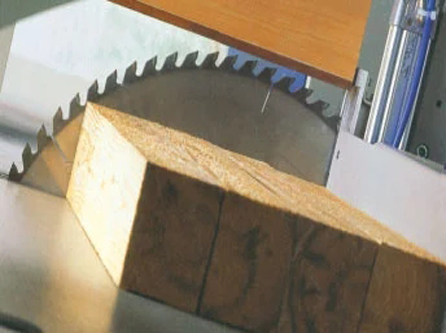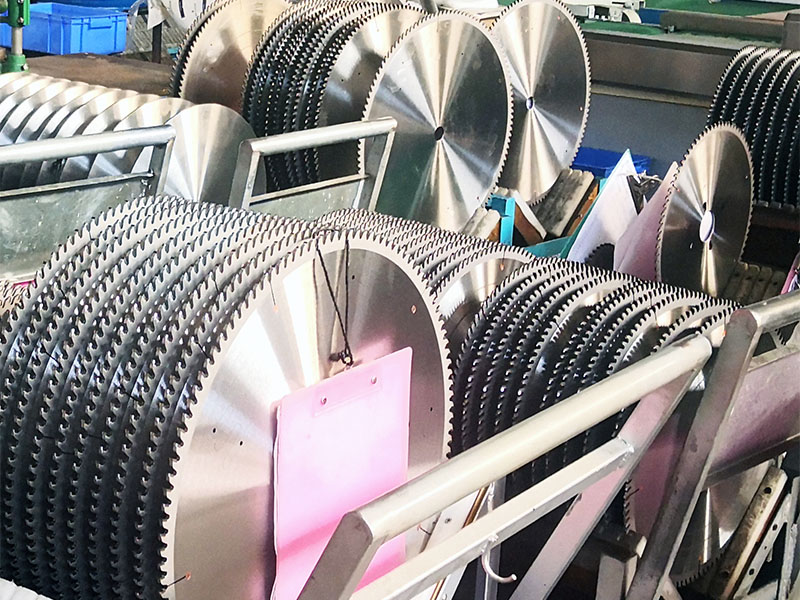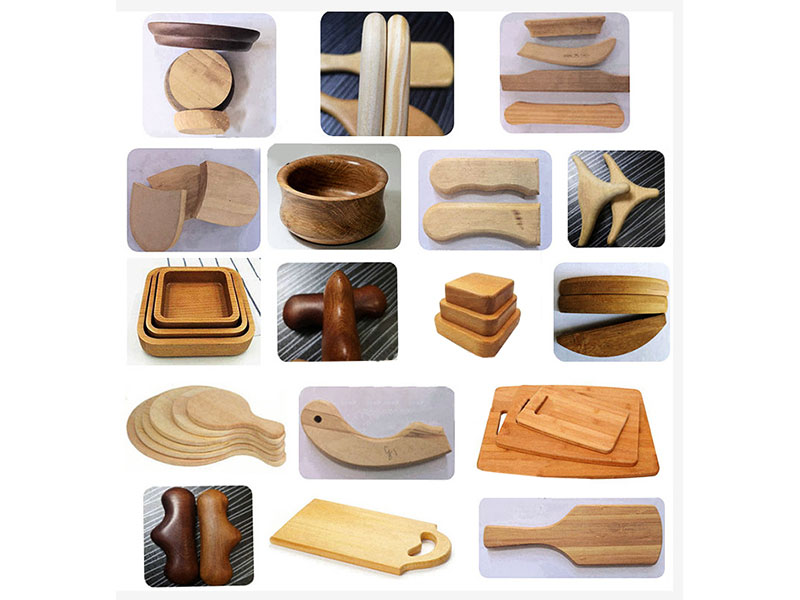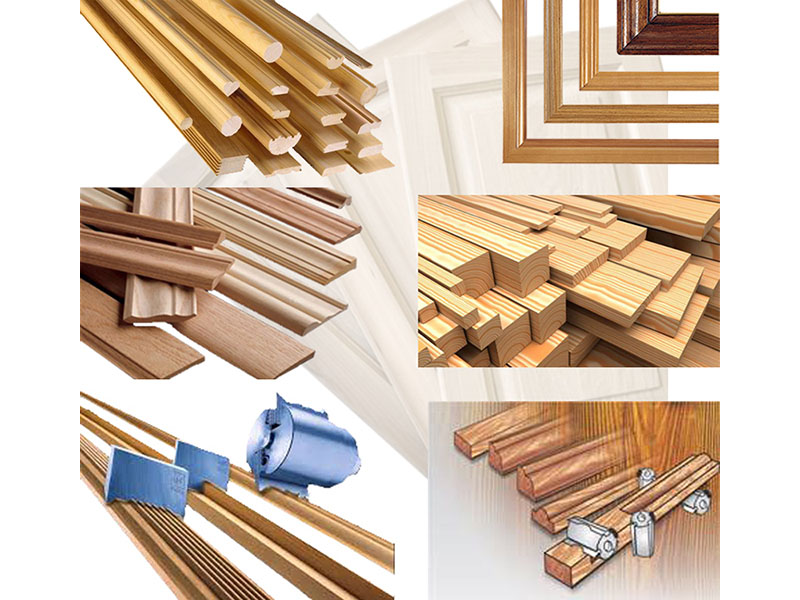
Wood Planer | Two sides are processed by double-sided planing and thickness determination, and then the two sides are processed on the end milling machine
Wood Planer
Two sides are processed by double-sided planing and thickness determination, and then the two sides are processed on the vertical milling machine. This processing technology is actually a decomposition of the combined processing technology of four-sided planing. Some manufacturers can organize the production of floor strips without adding new equipment by using the existing general woodworking equipment - plane planing, pressing planing, vertical milling, etc.With this processing technology, the following aspects must be paid attention to:
First, in order to meet the requirements of smoothness in wood finishing, the linear speed of the cutter is very high, and the cutting amount of the cutter head is controlled very small. For example, the rotation speed of the cutter shaft of the commonly used four-sided planer is 5000-6000r/min, and the cutter holder is equipped with 4 cutting knives, that is, the number of cuttings per minute is about 20,000-24,000 times. However, the rotation speed of the ordinary planer and pressure planer is 2900r/min. Some tool holders are equipped with 4 knives, and some are equipped with 2 knives, so that the number of cuts per minute does not exceed 12,000 times, so when using this process, first of all To solve this problem. There are 3 methods usually taken:
One is to increase the rotational speed of the tool shaft or change the tool holder cutting tool to 6 pieces. This improvement method is limited by the precision and anti-vibration capability of the machine tool itself. If the vibration reduction ability of the machine tool itself can adapt to high-speed operation, this method is the most concise and practical method. The second is to reduce the feeding speed. The lower the feeding speed, the smaller the cutting amount of each blade, which can make up for the lack of low finish within a certain range. The third is to carry out surface thickness sanding after machining. There are many knife marks on the surface of the floor strips processed by planing and pressing, and the serious ones are like a plate. Therefore, the method of sanding can eliminate this defect. At this time, leave a margin for sanding cutting, so as not to affect the size.
Second, when the end milling machine processes the first side, the front and rear fences should be adjusted properly. Like the relationship between the tool axis of the four-sided planer and the front and rear fences, the cutting circle of the tool tip must be flush with the rear fence, and the front fence must be flush with the front fence. The rear fence must be parallel, otherwise there will be defects such as whistle and uneven size. Third, when machining the second side on the end mill, the two opposite grids should be parallel, and the spacing should be the width of the finished floor strip.
Fourth, when feeding manually, in order to make the feeding smooth and safe. The following two measures are usually taken:
First, the outer grille installed when the second side is processed is a steel plate, and its thickness is less than that of the floor strip. The second is to install a wooden protective cover on the upper side of the cutting knife to avoid danger.
In short, this process method is backward than the four-sided planing process, and the productivity is low. It is better for manufacturers with conditions to try to transition to combined machining with combined machine tools.




